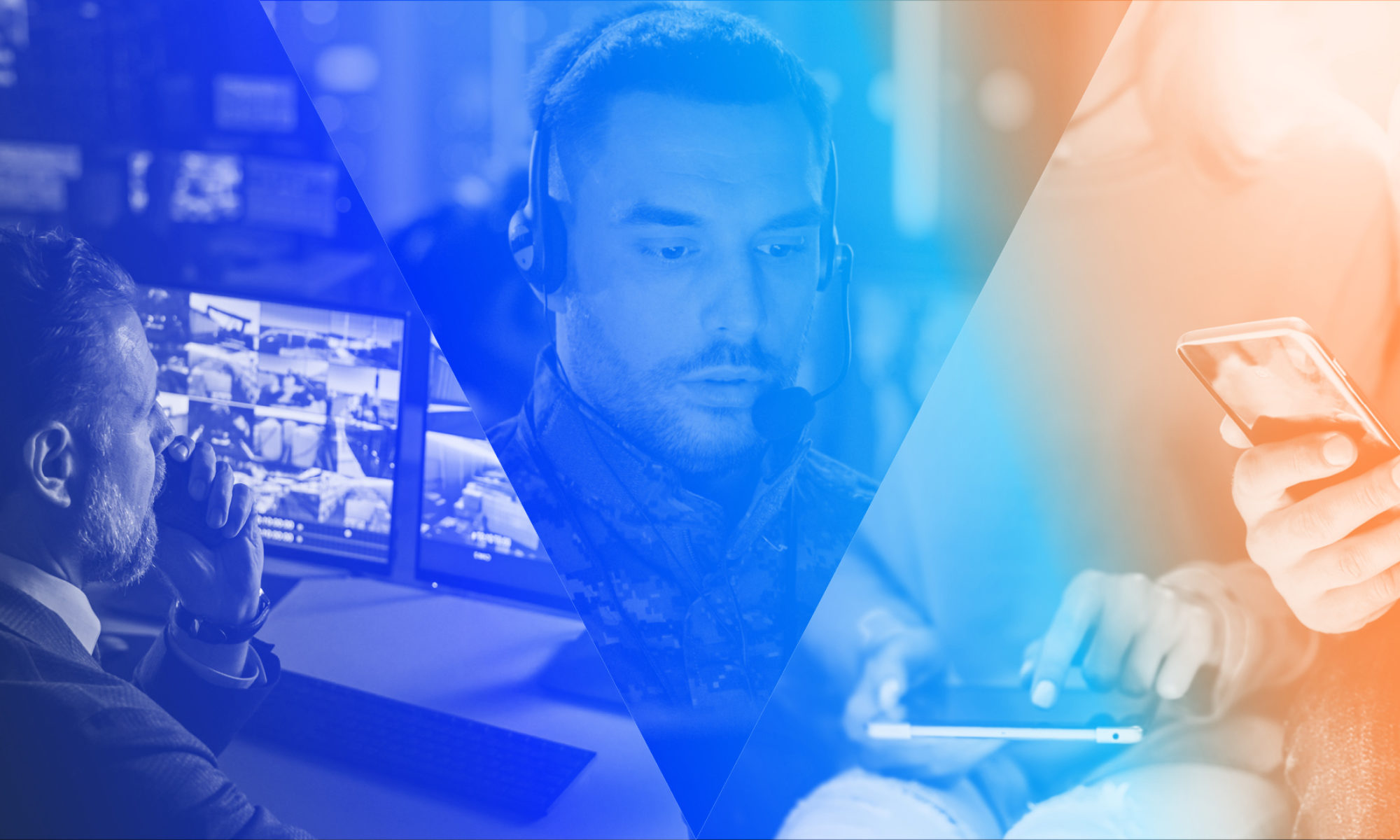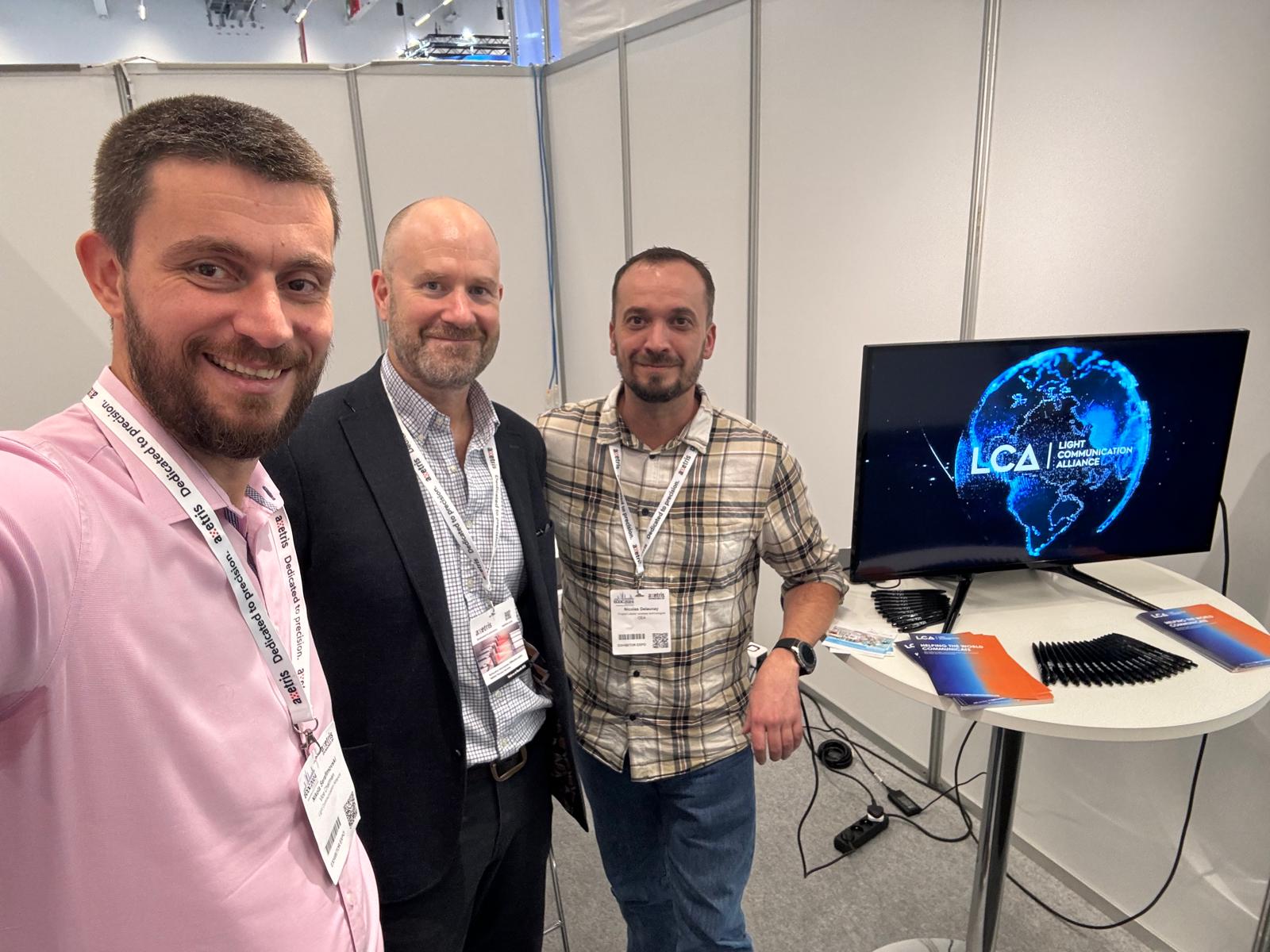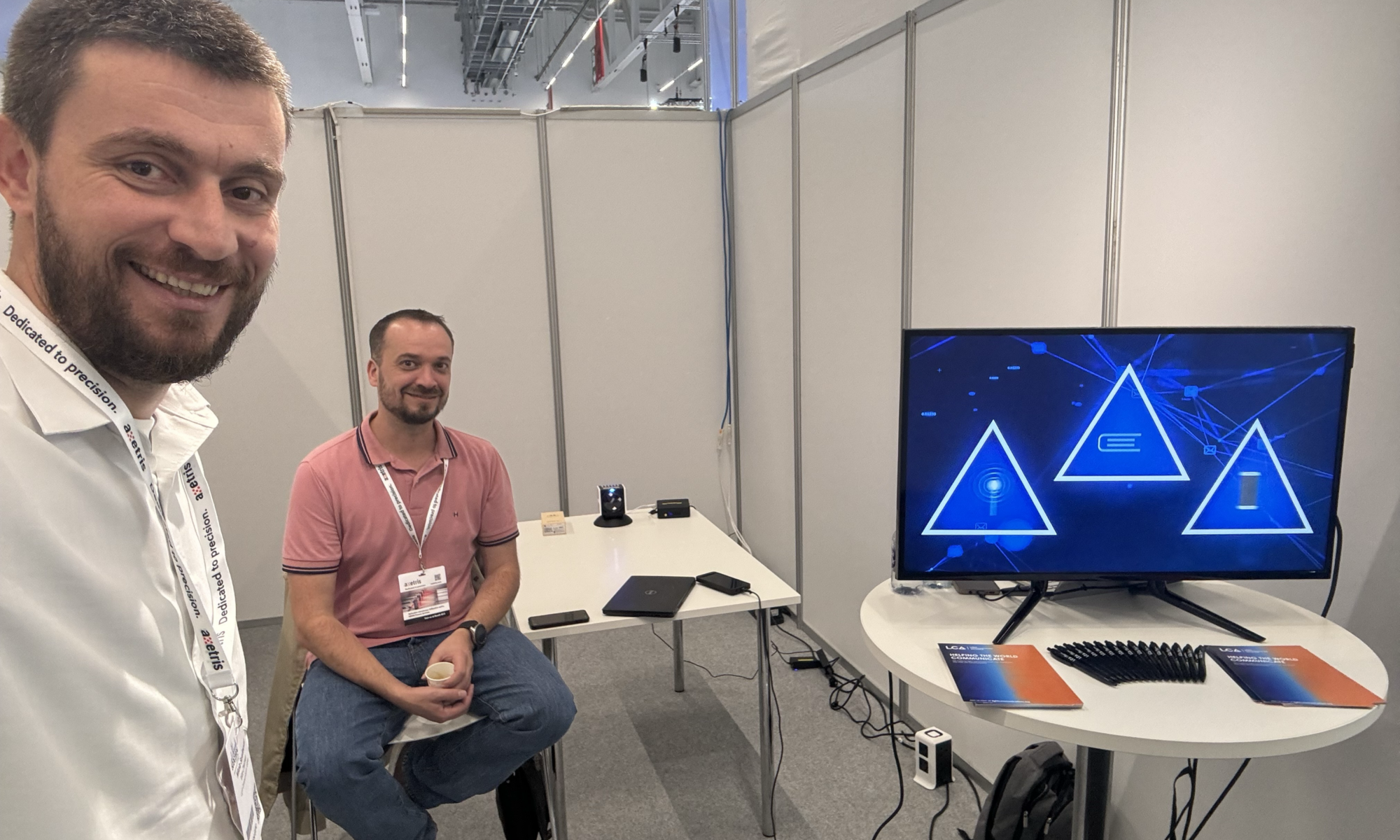@ the LCA each year we produce an annual report of our actions. We have decided to present a public version of our last five years. We want to share with you all our achievements and successes. Of course the public version can only disclose all our public information. If you wish to have access to more deeper and confidential information Join US.
Annual report year 2021
@ the LCA each year we produce an annual report of our actions. We have decided to present a public version of our last five years. We want to share with you all our achievements and successes. Of course the public version can only disclose all our public information. If you wish to have access to more deeper and confidential information Join US.
Annual report 2020
@ the LCA each year we produce an annual report of our actions. We have decided to present a public version of our last five years. We want to share with you all our achievements and successes. Of course the public version can only disclose all our public information. If you wish to have access to more deeper and confidential information Join US.
LCA @ Photoptics 2025

Light Communication Alliance was presenting its white paper this year at Photoptics 2025.
Represented by Dominique Chiaroni In Porto. Link to the publication HERE
Abstract: Optical wired and wireless technologies are analysed in this paper to address sustainable solutions for vertical
markets. After a description of the context, of the different technologies adopted, of use cases and their
associated services, this paper demonstrates through a comparative analysis with a classical Ethernet LAN
interconnecting Wi-Fi access points for a fixed network, that optical technologies in a heterogeneous context
can provide key added value services in a sustainable way.
You can read the publication here https://www.scitepress.org/Papers/2025/132913/132913.pdf
That’s a wrap see you next year ECOC
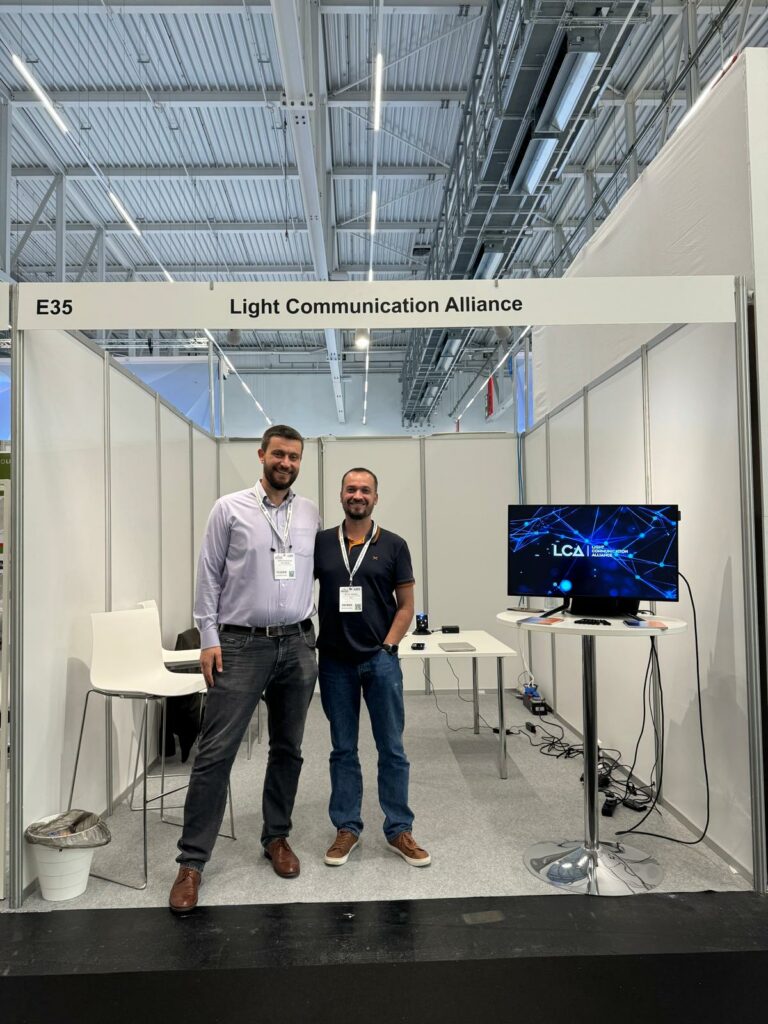
Our team Nikola Serafimovski and Nicolas Delaunay wrapping our stand at ECOC 2024 see you next year (Light Communication Alliance)
PureLIFI world’s first IEEE 802.11bb compliant LIFIcube at ECOC 2024
Nikola Serafimovski demonstrates, on the light communication alliance stand, worlds first IEEE 802.11bb compliant LIFIcube on a mobile phone
We introduce you our LCA members @ ECOC 2024
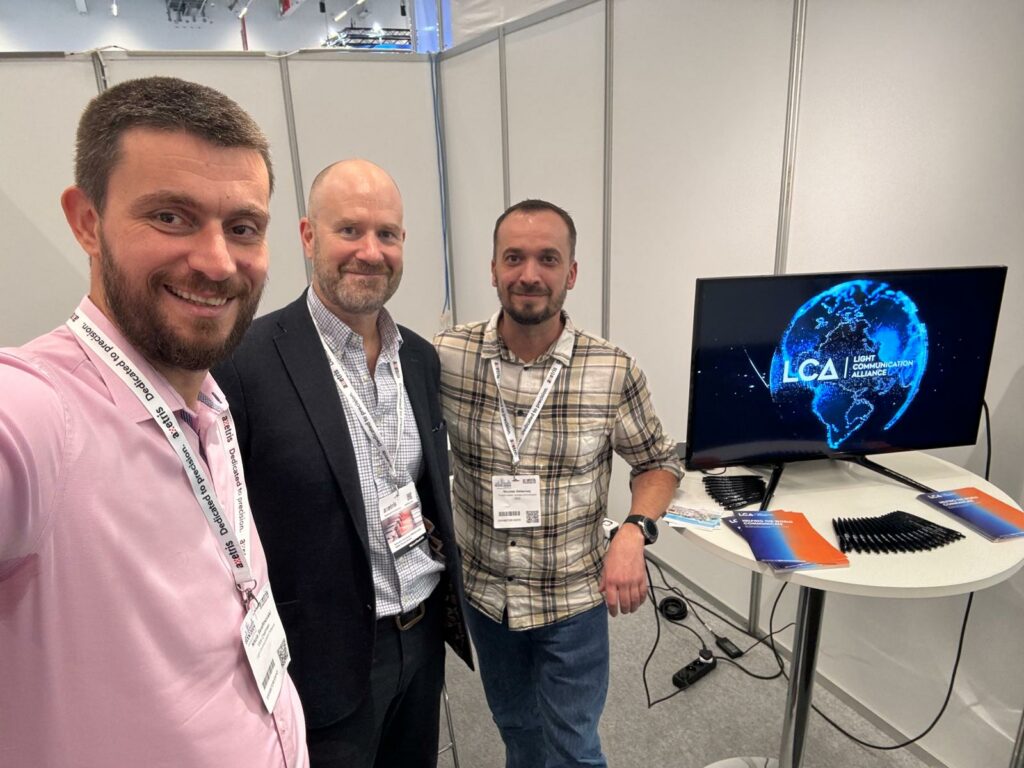
Meet our board members from left to right Nikola Serafimovski (pureLIFI), Simon Clement (Liberty Global) and Nicolas Delaunay (CEA Leti).
LiFi for mobility use case by Franhofer (Volker Jungnickel)
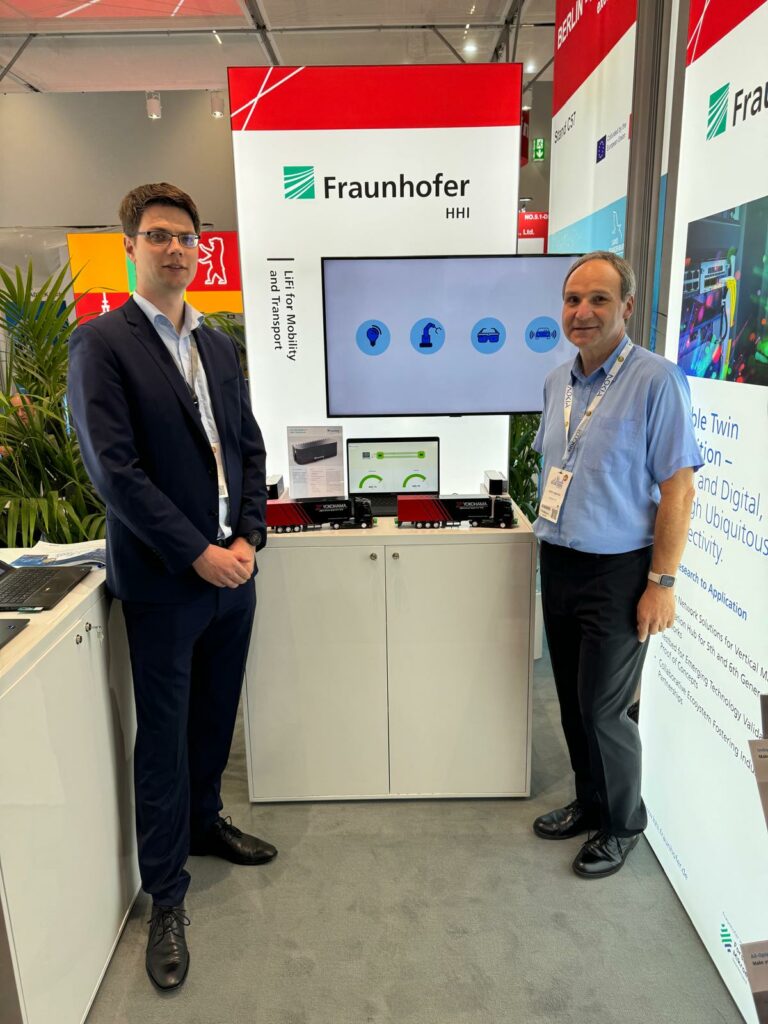
Our members today had the privilege to see a live demonstration from Volker Jungnickel (Franhofer) of a mobility use case for LIFI (train to train / car to car)
https://youtu.be/G6C51VPJvSA?feature=sharedDay 1 @ ECOC 2024 come and visit us Hall 5.1 stand E25
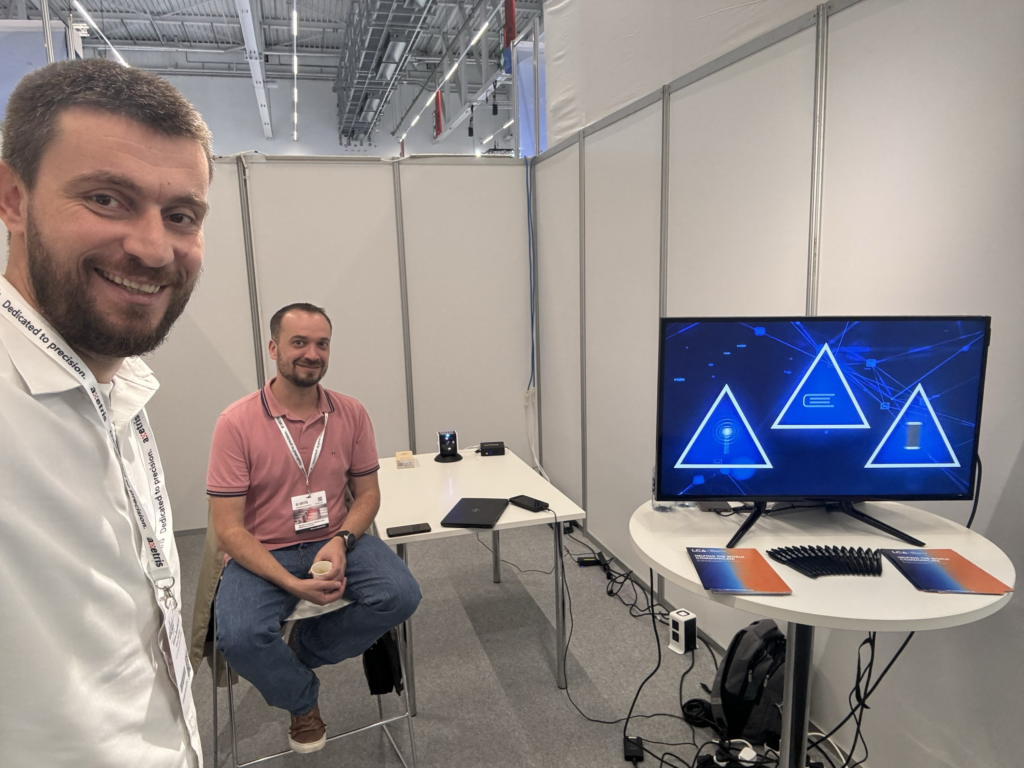
Our board members are welcoming you on our stand. Come and visit us to know more about LiFi and light communication. Light communication Alliance stand E35 Hall 5.1.
Special thanks to our Nicola’s team
We are proud to announce that


have signed a MOU.
